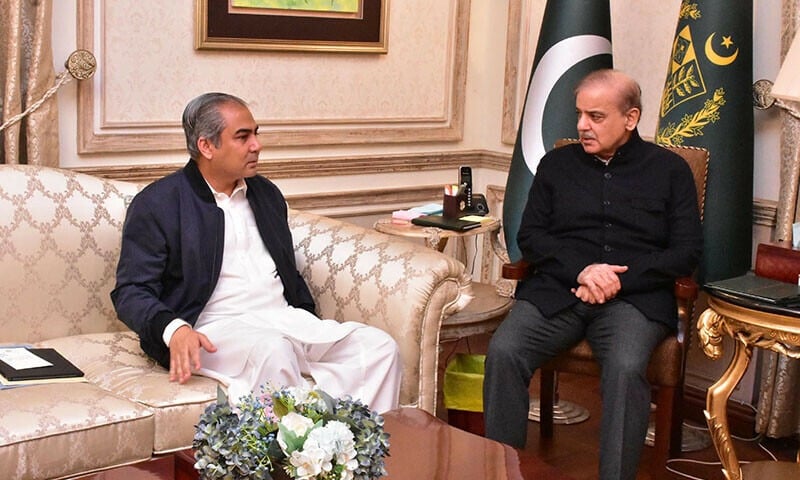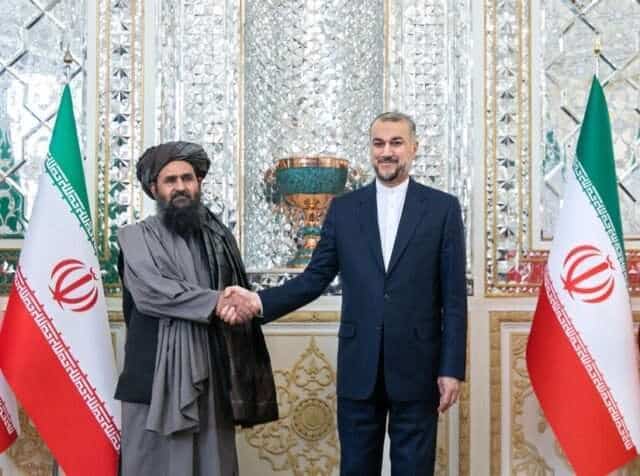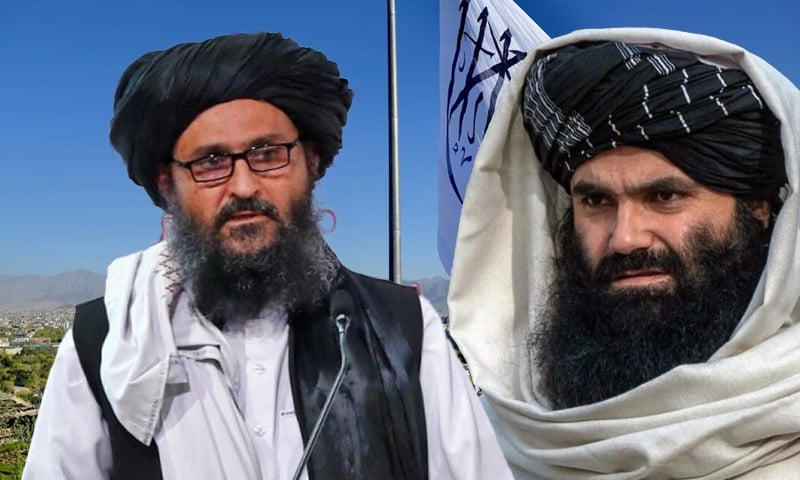The return of violence to Bajaur and the broader tribal belt is a tragic reminder that our state continues to oscillate between reaction and retreat in its approach to militancy. The recent launch of Operation Sarbakaf in Bajaur, meant to target the banned Tehrik-e-Taliban Pakistan (TTP) militants, has stirred protests not just from the people, but from the provincial government itself. This reflects a disturbing trend: confusion, lack of coordination, and political point-scoring are now shaping our response to terrorism. And the greatest victim, once again, is the common tribal citizen.
Let us not forget that Bajaur has already endured the trauma of a full-scale military operation in 2008. Back then, millions were displaced, their lives upended. The region was declared cleared of militants, and people began returning home in hopes of rebuilding their lives. But what followed? Years of political neglect, failed integration, and a porous border with Afghanistan, despite a multi-billion rupee fencing project, allowed the same militants to quietly return. By the time the government took notice, it was already too late.
The resurgence of militants in Bajaur, particularly in areas like Loye Mamund and Wara Mamund, was not an overnight development. Locals had long warned of Taliban presence. When tribal elders were murdered and police and army personnel attacked, the government finally responded with force. But what it failed to do, yet again, was prepare the ground politically and socially for such an operation. The result: a military offensive launched without consensus and a population once again forced to flee, caught between two armed sides.
The irony could not be deeper. On one hand, the banned TTP is being asked by local residents to leave the villages. On the other, the army is being opposed for its actions to do just that. Why? Because both actors operate with impunity, and the ordinary people are left to bear the brunt of violence and displacement. These are people who have now taken the Holy Qur’an in hand, begging the militants to leave their areas—not because of ideological opposition, but out of sheer desperation to avoid yet another round of bombing, shelling, and chaos.
The KP government, led by Chief Minister Ali Amin Gandapur, responded with a series of jirgas, a move that might look inclusive but is ultimately toothless. Why? Because jirgas without a neutral, powerful guarantor are ceremonial at best. They cannot enforce decisions; they cannot ensure security; and they cannot negotiate with men who themselves must seek permission from their commanders across the Afghan border.
From Bajaur to Tirah, we have seen countless such jirgas. We’ve seen agreements signed and forgotten. We’ve seen ceasefires declared and violated. Why? Because neither the Taliban fighters on the ground nor the tribal elders negotiating with them hold real authority. They are intermediaries, desperate locals trying to survive in a space where the state has failed to maintain its writ and militants thrive on that vacuum.
The argument often made now is that the police and paramilitary forces are ill-equipped to deal with the Taliban. The Inspector General of KP Police has repeatedly called for better weapons and resources. But I must ask: Is it really about weapons? The Taliban do not roam around in armoured vehicles or wear bulletproof vests. Their strength lies in guerrilla tactics, local knowledge, and fear. They possess some advanced rifles and thermal guns, many acquired from collapsed Afghan forces or smuggled NATO stockpiles, but they are not invincible.
What we lack is not guns. What we lack is training, leadership, and intelligence. The KP police, particularly in tribal districts, were never prepared for counterinsurgency. We integrated the Levies and Khasadar forces but gave them little more than a uniform and a gun. No real training. No equipment. No support. And yet we expect them to fight seasoned militants?
We also failed to build the most crucial pillar of internal security, our intelligence apparatus. The special branch remains underfunded and sidelined, despite being the most locally trusted institution. We’ve invested in counter-terrorism only in appearance, not in capacity. We focus on operations, not prevention. On optics, not strategy.
And all the while, the political leadership continues to duck responsibility. The KP government has distanced itself from military operations out of fear and political calculus. They claim the Taliban target those who oppose them, pointing to past ANP leaders who were assassinated for standing firm. But what message does this send? That the state itself is afraid? That those elected to protect citizens would rather protect their own political careers?
If the provincial government won’t take ownership, and the federal government won’t enforce clarity, we are headed for a deeper disaster. In Bajaur, in Tirah, in Khyber and Waziristan, confusion reigns. Rumours flourish. The people are left to interpret the conflict themselves, fueling mistrust and hopelessness.
Let me be clear: military operations must always be the last resort. But when they become necessary, they must be done with full coordination, public backing, and a clear political roadmap. You cannot bomb your way to peace, and you cannot negotiate from a position of confusion.
We must invest in intelligence, in training, in leadership. We must empower and professionalize local police forces. We must reestablish trust between the state and the tribal people—not through token jirgas, but through consistent presence, infrastructure, and justice. And above all, we must make it clear that no militant group can ever again hold the Pakistani people hostage in their own land.
Until then, the cycle of blood and betrayal will continue, and Bajaur’s story will repeat itself across the tribal belt.





